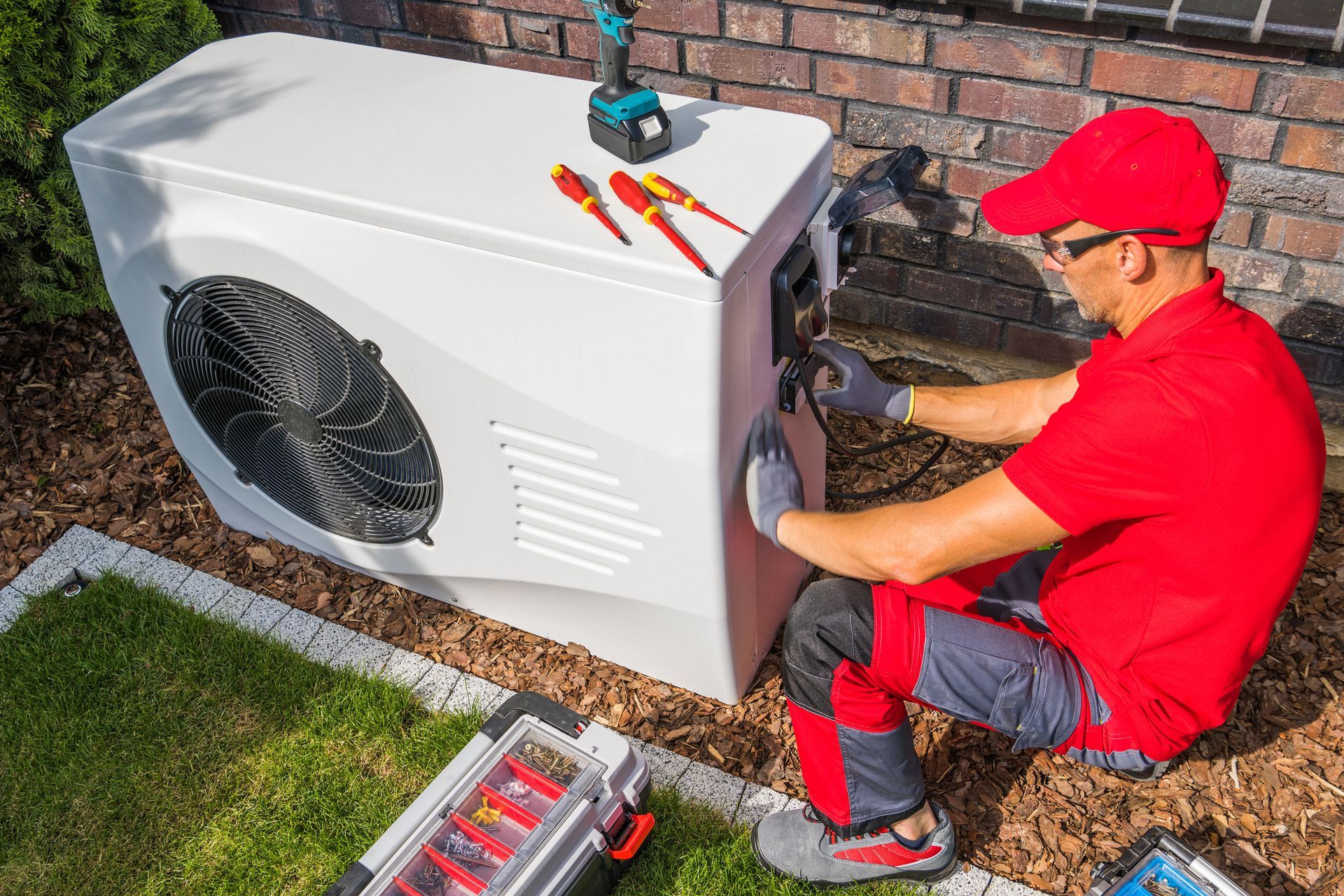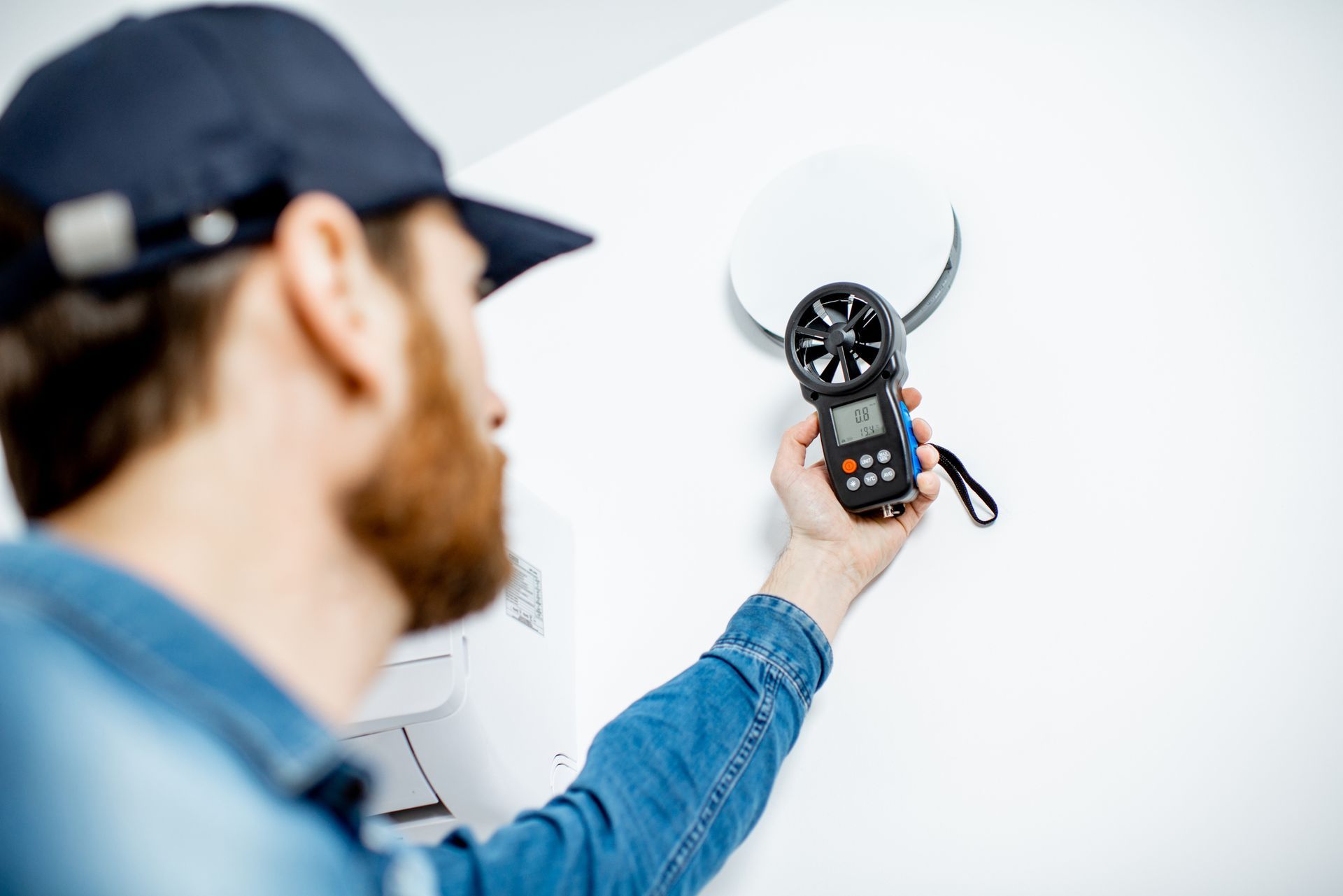Outcomes and Procedures of Professional Indoor Air Testing
When seeking indoor air testing in Phoenix, AZ, you want thorough procedures and accurate outcomes. Hutzel & Associates, Inc., a leading provider in air quality assessments, explains what you can expect during and after a professional indoor air test. Here’s a detailed guide to help you understand the process and its importance for your home.
Why Indoor Air Testing Matters
Indoor air testing is crucial for keeping your living environment healthy. Contaminants in your home’s air can trigger allergies, asthma, and other health problems. Testing identifies harmful pollutants like mold, radon, carbon monoxide, volatile organic compounds (VOCs), and more. Clean air is especially important for vulnerable groups like children, the elderly, and those with health issues. Knowing what’s in your air helps you improve it and ensure your family’s well-being.
Preparing for Indoor Air Testing
Before the professionals arrive, there are a few steps you can take to prepare your home for indoor air testing:
- Clean your home thoroughly to remove surface dust and debris. Ensure areas typically overlooked during regular cleaning are addressed.
- Document any noticeable issues, such as water leaks, damp areas, or patchy discoloration on walls or ceilings, which may indicate mold presence.
- Ventilate your home by opening windows and doors if the weather permits, but avoid using cleaning products, air fresheners, or smoking indoors for at least 24 hours before the indoor air testing. This ensures the samples collected accurately reflect the usual air quality.
Indoor air testing requires a certain level of preparation to ensure accurate results and to identify penetrable risks within the household environment.
The Testing Procedure
On the day of the appointment for indoor air testing, the team from Hutzel & Associates, Inc., will follow a structured process:
- Initial Consultation: They will begin with a walk-through of your home, discussing any specific concerns or areas where you’ve noticed problems. This conversation helps identify focal points and potential sources of contamination.
- Air Sampling: Using advanced equipment, professionals will collect air samples from various rooms. These samples are sent to a laboratory for detailed analysis, where advanced techniques identify and quantify pollutants.
- Surface Testing: If there are visible signs of mold or other substances, surface samples may be taken to identify the exact type of contamination during the indoor air testing. Surface testing can be particularly useful in pinpointing mold species and determining the appropriate remediation approach.
- Monitoring Equipment: Devices to measure ongoing air quality might be installed for a period, catching variations over time for a more comprehensive assessment. Long-term monitoring helps distinguish between sporadic spikes in pollution and persistent problems.
Indoor Air Testing Outcomes
After the samples from indoor air testing are analyzed, typically within a few days to a week, Hutzel & Associates, Inc., will provide a detailed report of your indoor air quality. Here’s what you can expect from the results:
- Summary of Findings: An easy-to-understand summary highlighting the main pollutants detected from indoor air testing. The summary provides a snapshot of air quality, simplified for quick understanding.
- Detailed Analysis: A comprehensive breakdown of each contaminant identified during indoor air testing, including concentration levels and potential health impacts. This section offers a thorough insight into the nature and severity of detected pollutants.
- Source Identification: Insights on possible sources of pollutants within your home (e.g., HVAC systems, building materials) found through indoor air testing. Identifying sources is crucial in addressing root causes rather than symptoms.
- Comparative Data: How your home’s air quality stacks up against industry standards and guidelines from indoor air testing. This helps contextualize your home’s air quality on a broader scale.
Next Steps: Remediation Guidance and Preventive Recommendations
Based on the outcomes from indoor air testing, Hutzel & Associates, Inc., will offer practical steps to address the issues detected:
- Remediation Guidance: Specific actions to eliminate contaminants. This could include mold remediation, vent cleaning, or removing certain household products. Professional intervention ensures contaminants identified in indoor air testing are effectively addressed without unnecessary damage or disruption.
- Preventive Measures: Recommendations to maintain a healthy indoor environment. These might involve regular air filter replacements, increased ventilation, or using air purifiers. Preventive measures proposed after indoor air testing are key in sustaining long-term air quality improvements.
Living in Phoenix, AZ, maintaining a healthy indoor environment is crucial, given the unique climate and potential for dust and allergens. With their expertise in indoor air testing, you’ll breathe easier knowing your home’s air quality is thoroughly assessed and taken care of.
Ensuring Healthy Indoor Air in Phoenix, AZ
Indoor air testing is an investment in your family’s health and your home’s longevity. Don’t wait for issues to escalate. Take action to ensure a safe and clean indoor environment.
Are you ready to improve your indoor air quality?
Contact Hutzel & Associates, Inc., in Phoenix, AZ, to book your professional assessment and take the first step towards a healthier living space.








